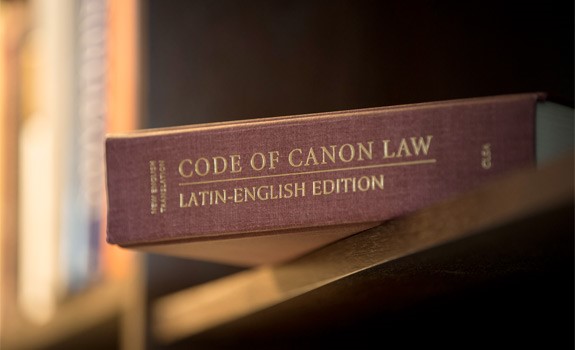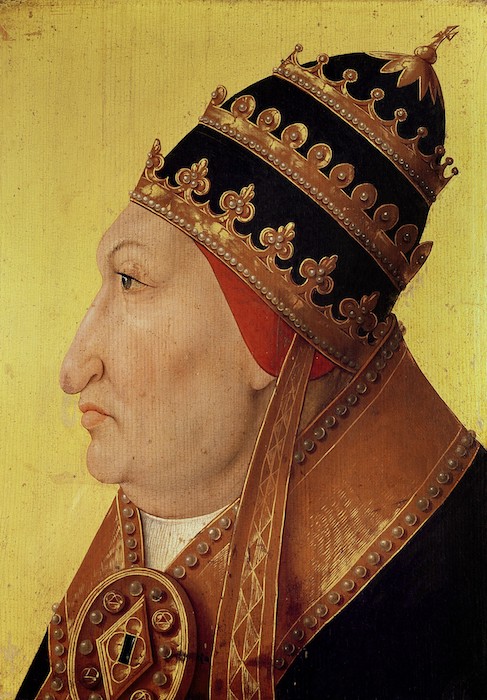
Since he became the bishop of the Catholic Diocese of Sacramento a decade ago, Jaime Soto has chosen to remove priests accused of pedophilia or misconduct. This is in contrast to shielding them, as other bishops have in now-infamous coverups of child abuse being investigated by law enforcement authorities in several states.
Soto learned. The question is, has the rest of the church?
Mind you, Soto’s approach of hewing to the law over the loyalty to a fraternity of priests and bishops was informed by years when he did the opposite. He acted in a way that showed he cared more about the priests doing the abusing than the children; believed that therapy for pedophiles was the way to go; he would comment on the sexual abuse of priests without really knowing the facts.
He thought that sex abuse by priests needed to be kept secret.
Soto believed in all those falsehoods when he was rising through the ranks of the Diocese of Orange County, his home base before moving to Sacramento at the end of 2007, and he acted on them accordingly. What pains him most now is a letter he wrote to a Los Angeles County Superior Court judge to plead for mercy for a priest who preyed on altar boys.
His name was Andrew Christian Andersen.
“He was a classmate of mine, a fellow seminarian,” Soto said over coffee recently. In September of 1986, Andersen was convicted on 26 counts of molesting altar boys. His victims never got their day in court because Andersen was allowed to skip a trial and go straight to conviction and sentencing. The victims felt betrayed. Meanwhile, the Los Angeles media reported how Andersen was cheered by devotees unmoved by facts or early court rulings.
“He was always our friend and a consultant to us and a good confessor, and we just know he’s innocent,” Dorothy Gilmore told the Los Angeles Times then. Hold that thought for a moment – the blind devotion to a man in a priestly collar – because it is a recurring theme in a sex abuse scandal engulfing the church and reaching all the way to the Vatican and Pope Francis.
That blind devotion – that cloistered brotherhood of loyalty and obedience to each other – is what drove Soto, then a man in his 30s, to write the judge weighing what to do with Andersen.
“Chris Andersen’s present difficulties pain me very much not only because he is a friend but also because he is an associate in the ministry,” Soto wrote then. “Our works bring us into intimate contact with people’s lives. In a time when the exchange of simple affections within the most intimate of circles has become a rare commodity, our associations with others run the grave risk of being misunderstood by all parties including perhaps the priest himself….There is cause therefore to exercise prudence and right judgment while at the same time pursuing the mission of Church to bring healing and comfort.”
Truthfully, Soto’s regrettable words were far more measured than other church leaders who told the judge that the accusations against Andersen did not square with the guy they knew.
Soto was sticking up for a friend and suggesting that his troubles were the result of intimate misunderstandings. But measured or not, the judge listened. Instead of prison, Andersen received a suspended jail sentence, was placed on probation for five years and was sent to a New Mexico for therapy.
Guess what Andersen did in New Mexico? He was arrested for abusing and kidnapping a New Mexico boy. Having violated his parole, he was sentenced to the six-year prison term he should have gotten in the first place.
“My letter was stupid and naive,” Soto said. “I wrote the letter without any real knowledge about what he had done and the harm he had caused…When (Andersen) re-offended, it was a sobering, chilling revelation.”
And that’s how sex abuse happens in the Catholic Church. People focus on the celibacy of priests as a driving factor for sexual abuse when it’s more about people – bishops, priests and lay people – being blinded by the idea that these men deserve to be placed above the law.
Removing celibacy is not the answer to this problem. Child abusers aren’t predators because they’re celibate. So what’s happening in the church is about much more than sexuality. Different issue. Sure, let priests marry. That would be wonderful, but not enough to stop the abuse.
What’s happening shows the church is a closed society of men in desperate need of forced transparency. Even now, they’re actions have been cloaked. And those of us in the pews are shocked that sex abuse scandals still are roiling the church because we thought they had been addressed a decade ago.
But the problem won’t go away as long as bishops, priests and lay people worship the men in the collars over the people they are supposed to minister, over the law, and over the teachings of God that is supposed to guide the church.
In Pennsylvania, a grand jury report alleged that Roman Catholic leaders there covered up the abuse of hundreds of people by priests for decades. The New York Attorney General has issued subpoenas at every diocese in the state as part of ongoing investigations of sex abuse in Catholic churches there. Authorities in six states are investigating Catholic bishops and priests. A high ranking Vatican official accused Pope Francis of covering up sexual abuse.
In response to unspeakable allegations, church leaders are calling for more lay people to be more involved in the inner workings of the church. It’s a good idea but it will be a Band-Aid response if the wrong people are chosen to provide oversight for and counsel to bishops and priests who need it.
Andersen’s well-wishers stood up for him, despite a mountain of evidence, and proved how some Catholic lay people can be co-conspirators in these scandals. In the most public sex abuse case under Soto’s watch in Sacramento in 2011, a popular priest was treated like a rock star even after he had been arrested and later pleaded guilty to molesting a 13-year-old girl.
In 30 years as a journalist, I’ve never seen anything like the spectacle of dozens of Catholics lining the street adjacent to the Main Jail in downtown Sacramento after Father Uriel Ojeda was incarcerated there. Men and women, dressed in their Sunday best, craned their necks for a glimpse of Ojeda in his orange jump suit. Even though he could not have possibly heard them, some of these folks serenaded Ojeda from the street in front of the jail.
One woman screamed at me on the street because I had quoted Soto in a column and, to her, this signified that I was in on a church conspiracy to ruin the popular young priest. She said Soto was “jealous” of him. I looked into the eyes of this woman as she berated me and saw no there there. Nobody was home. It was religious zealotry playing out on the street in Sacramento.
It took me back to 2002. Church members of the Cathedral of the Blessed Sacrament asserted to me that “the media” were behind the latest sex abuse scandal to rock the church.
This is what almost never gets discussed among lay Catholics – our own complicity. Soto readily admits now that he was wrong to advocate for Andersen. He was wrong to believe that treatment can help some hardened pedophiles. He was wrong to believe that keeping these abuses quiet was the way to go.
But plenty of lay people went along for the ride, including parishioners and church lawyers who advised bishops for years to cover up and protect against liability.
To his credit, Soto has not followed these falsehoods during his time here. He’s learned the hard way. But it has come with a cost. Fanatical followers of Ojeda condemned Soto for turning the priest over to police. In other cases of sexual misconduct by priests, that have not involved minors, Soto removed them and was criticized by followers.
“In my own ministry, I’ve come face-to-face with a lot of domestic violence and child abuse,” he said. “In many of these cases, I reported them and the families would initially be angry with me that I reported them.”
Soto knew the questions I would be asking him for this column – I approached him – and he accepted because he believes the church must face this crisis truthfully. It’s the only way to restore trust and to keep the abuse from happening again.
The Bishop of Sacramento is a man who has been humbled and is trying to do better.
“When these cases arise I have to act and put my own fears aside to do what’s right,” Soto said. “I first have to listen, to let people express their stories,”
“I tell them: “You were betrayed, your trust was betrayed. And that’s not right I’m not going to let Father hurt you again.”
Complete Article ↪HERE↩!





